Acrylic is one of the best paints to start with if youre a beginner painter.
Its versatile, water-soluble, and dries out completely.
But you may wonder why your acrylic paint remains tacky.

Acrylic may appear tacky due to high humidity or low temperatures.
In this article, Ill discuss why youracrylic paintcould still be sticky after painting.
Read on for more details on what to do if this happens.
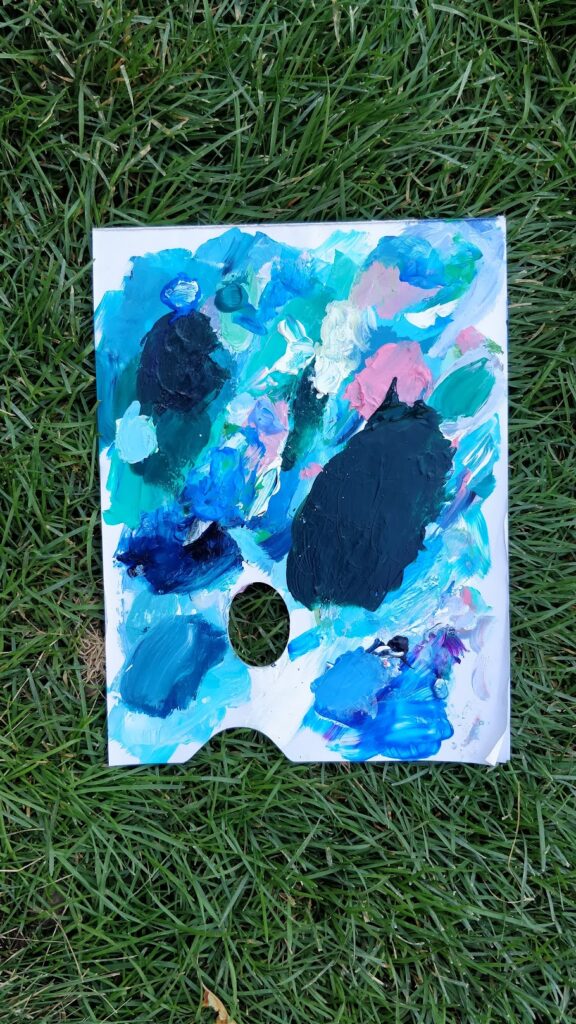
Whats more, youll learn how to prevent the issue from recurring in the future.
Why Is My Acrylic Paint Still Tacky?
To most artists or beginning painters, acrylic paint drying fast is the most common problem.
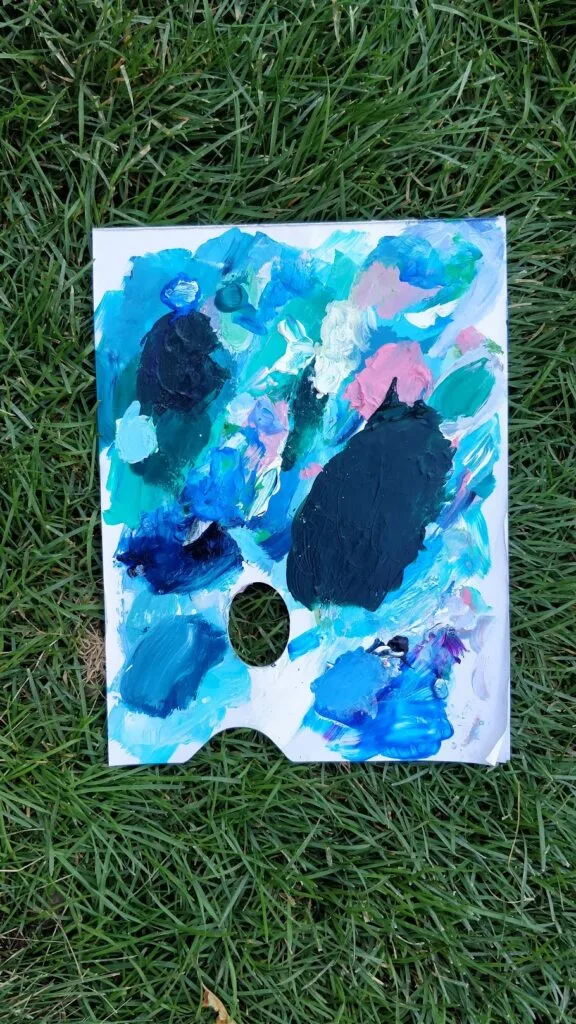
People often askhow to keep their acrylic paint wet.
Hence, its rare to find the paint taking too long to dry, leading to tackiness.
At this point, the acrylic paint on your painting feels sticky.

So, why is your acrylic paint still tacky?
As with other paints, high humidity makes acrylic paint dry slowly.
Working outside during warm summer months can also affect drying time.

Now, how does high humidity retard acrylic paints drying process?
Acrylics are quick-drying paints consisting of a pigment suspended in acrylic polymer emulsion (and other ingredients).
Since acrylics are water-soluble, you’ve got the option to dilute and clean them off using water.

Moreover, the paint starts drying out when the water evaporates.
Heres where high humidity comes in.
Therefore, your acrylic paint will take longer to dry.
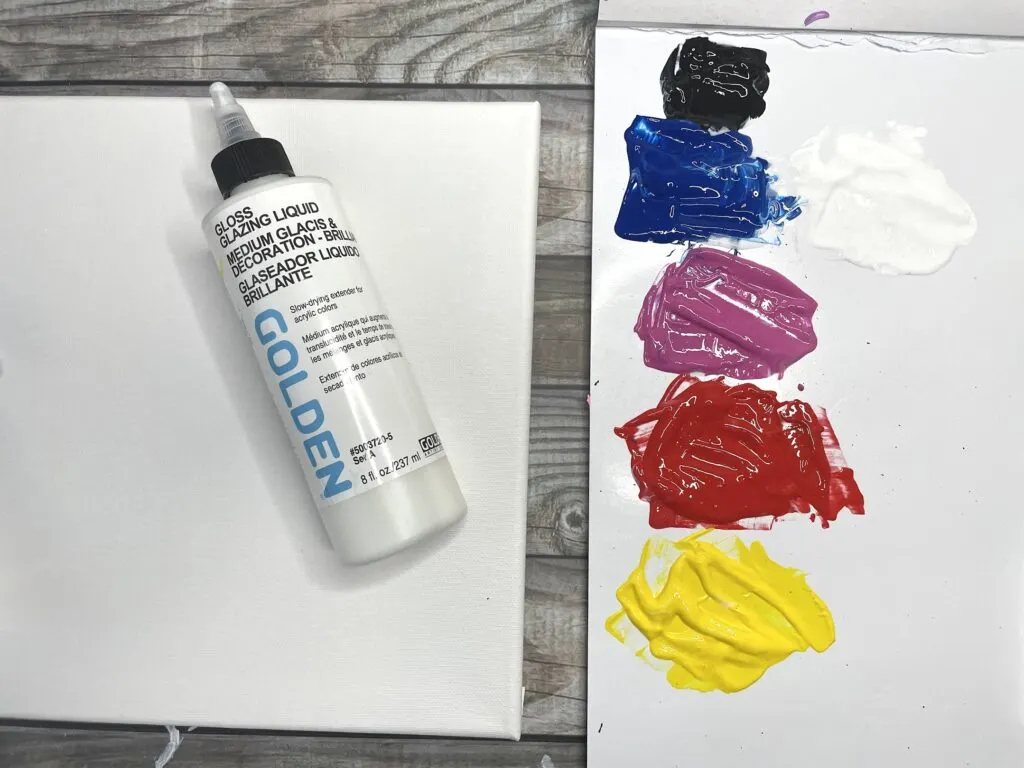
Low Temperature (Cold Environment)
Are you living in one of the cooler climatic areas?
Painting during the cold seasons also results in the paint being tacky.
Like high humidity, low temperature slows down evaporation in paints.
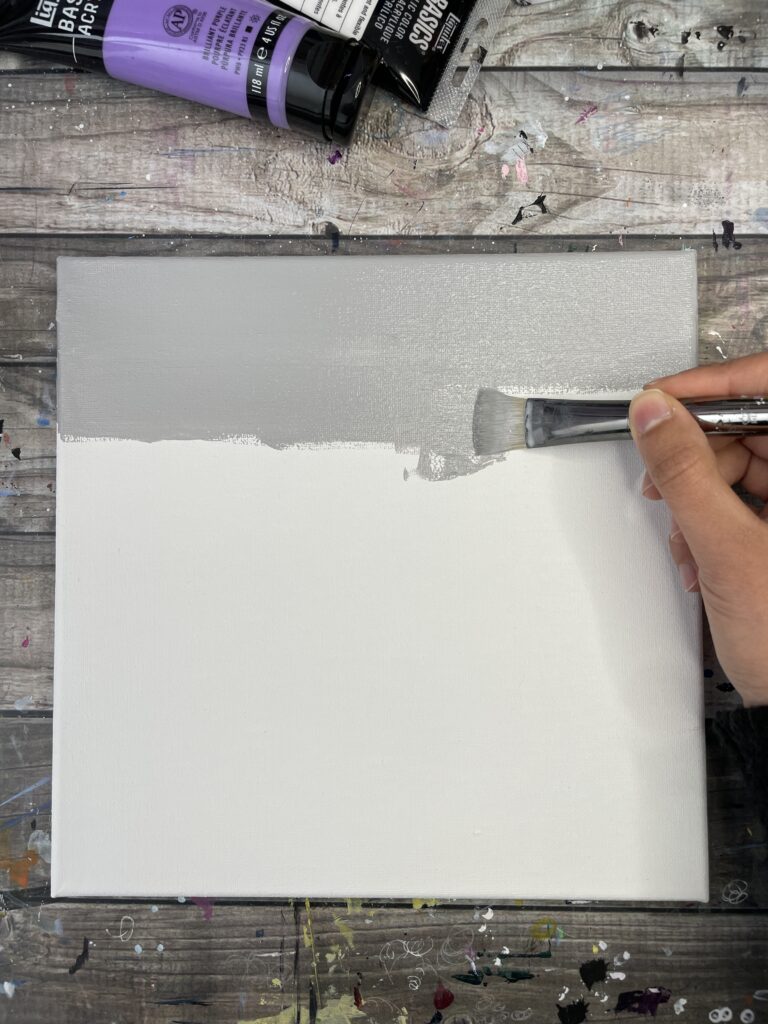
Therefore, acrylic paint will take longer to dry when its very cold.
Slow-Drying Acrylic Paint
Some painters prefer slow-drying acrylic paints as they provide a longer working time.
However, using these paints is a disadvantage if you want your painting to dry quickly.
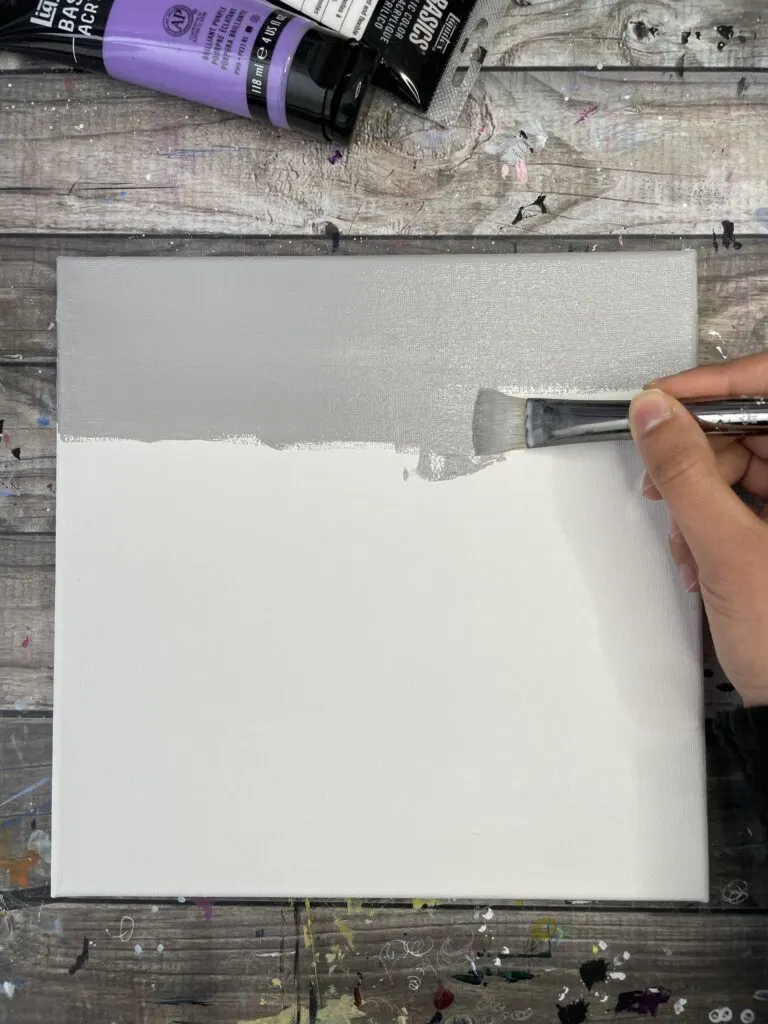
So, if you have acrylics, includingGolden OpenorAtelier InteractiveArtist, these are some slow-drying paints.
Acrylic Paint Additives
Another reason why your paint is still tacky is it may contain an additive.
Additives are some products that you mix with your paint to prolong its wetness.
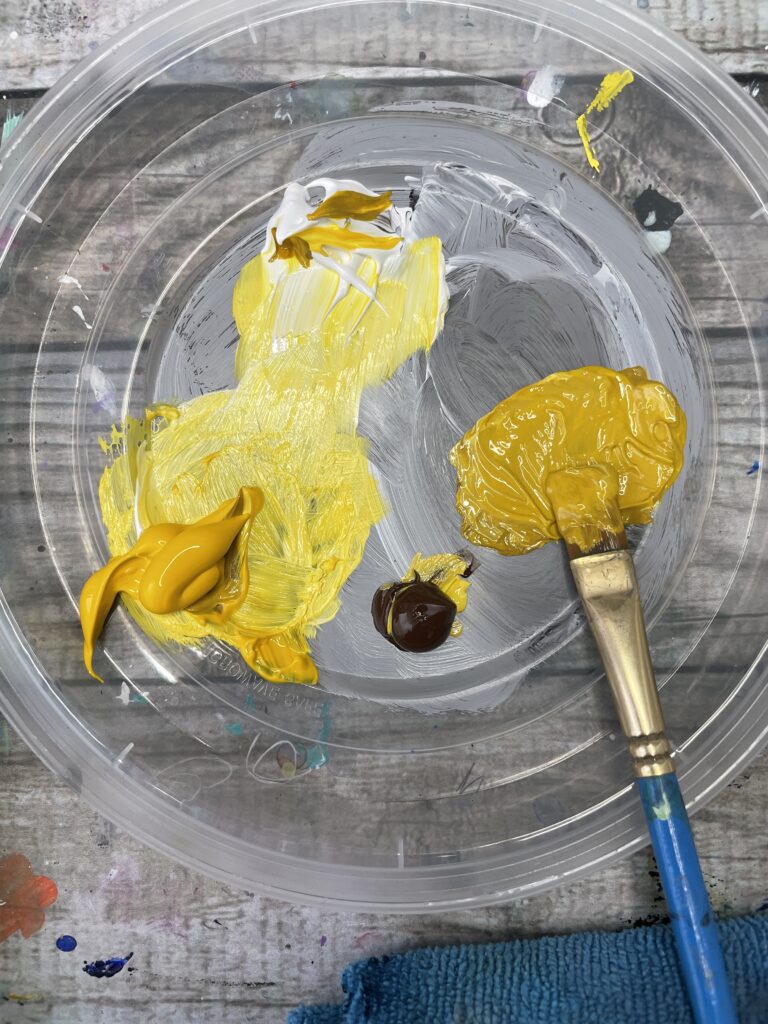
These additives work by slowing down the polymerization or evaporation process, causing the paints to dry slowly.
Theyre often calledacrylic paint mediumsavailable as retarders, slow-drying mediums, or acrylic glazing liquids.
Some surfaces allow the paints solvent to evaporate quickly, and the reverse is true for other surfaces.

Primed canvas, like the traditional absorbent gesso, is an effective painting surface.
However, misting it at the back will convert it into a wet palette.
Moreover, applying another layer to this will do no good as it disturbs the underlying layer.
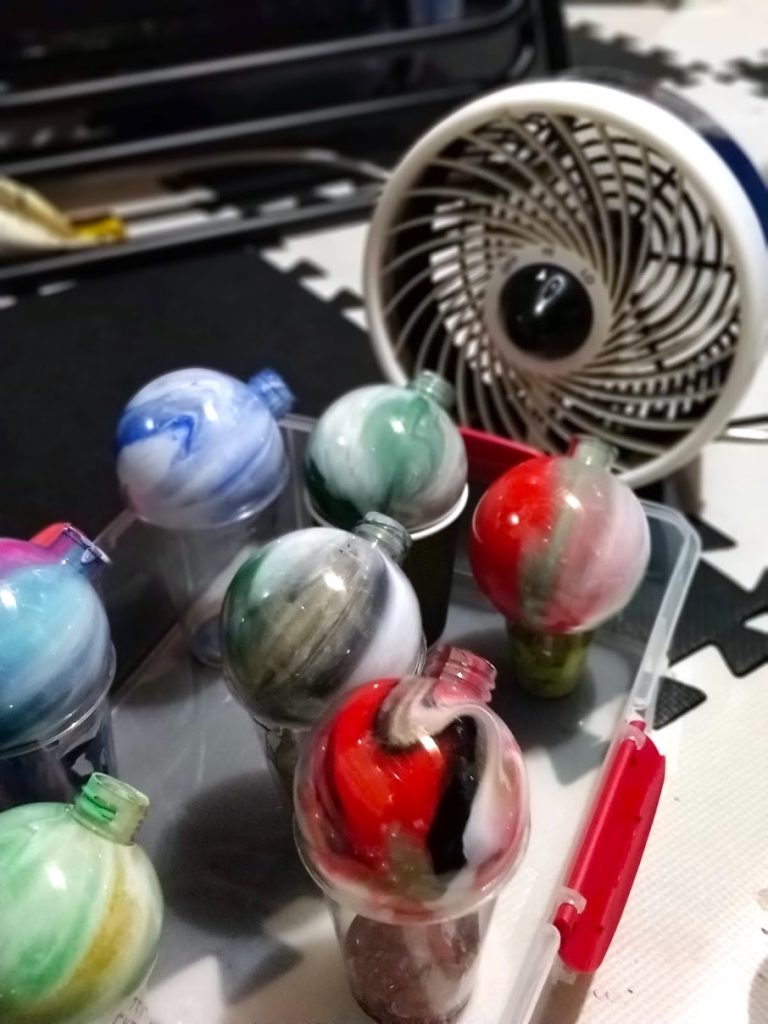
Sometimes you may also apply several thick layers of acrylic paint.
A thick layer of acrylic paint may take a couple of minutes to dry.
So, if you add another thick layer, youll impede the first layer from drying out.

As frustrating as it is, there are a few ways to walk out of this issue.
Here are four things to do when your acrylic paint becomes tacky:
1.
However, you first require a gadget to monitor the rooms humidity.

High humidity is advantageous if you want to increase your paints working time by prolonging its drying time.
Here are easy ways toloweryour working areas humidity:
2.
Hence, moving to a warmer area will allow the paint to dry quickly.

However, dont overdo it as the paint will dry out unevenly.
However, ensure that you apply the heat evenly for consistent drying and to avoid scorching your work.
Focusing on one spot will also create some bubbles or cracks in your painting.

Waiting also applies if youve applied several thick layers.
But you’re able to use the other quick fixes, including moving to a warmer room.
However, itll take longer than if your painting has thinner layers.
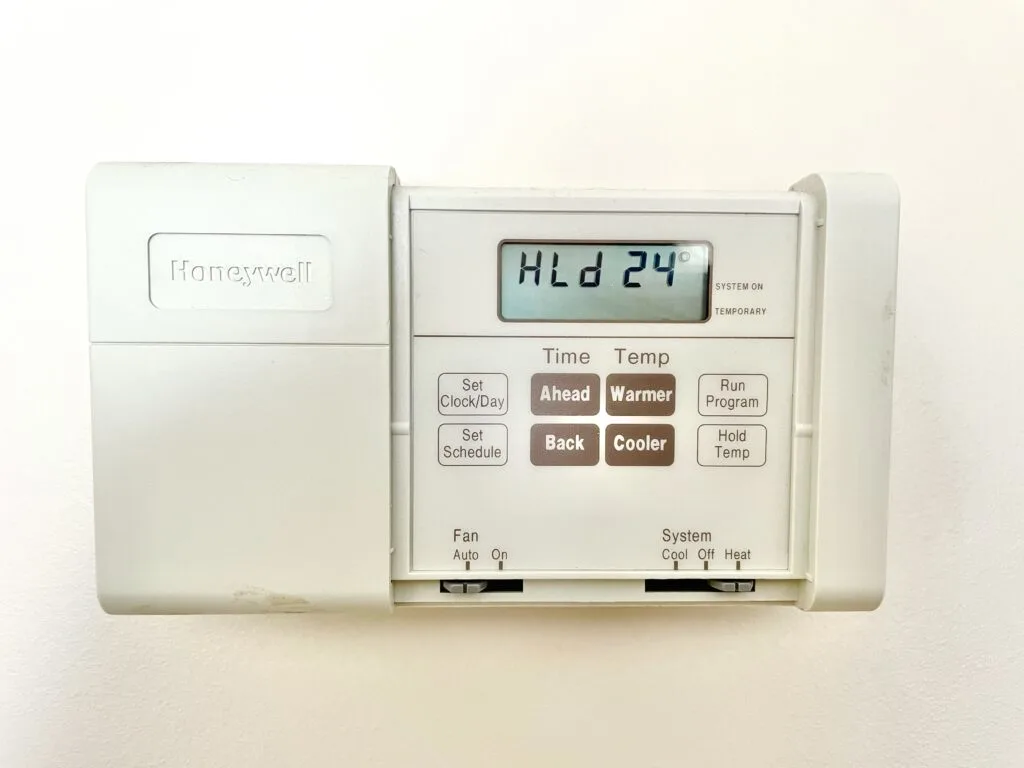
How To Prevent Your Acrylic Paint From Becoming Tacky
Quick fixes may not always work.
So, it would be better to prevent a problem than fix it.
For most paints, the best workinghumidityis 40 to 70%.

Also, room temperature (21-32c/70-90F) is the ideal temperature for acrylic painting.
Therefore, if your rooms humidity and temperature are not optimum, regulate them before you begin painting.
Know the Paints Drying Time
Acrylic paints have different drying times.
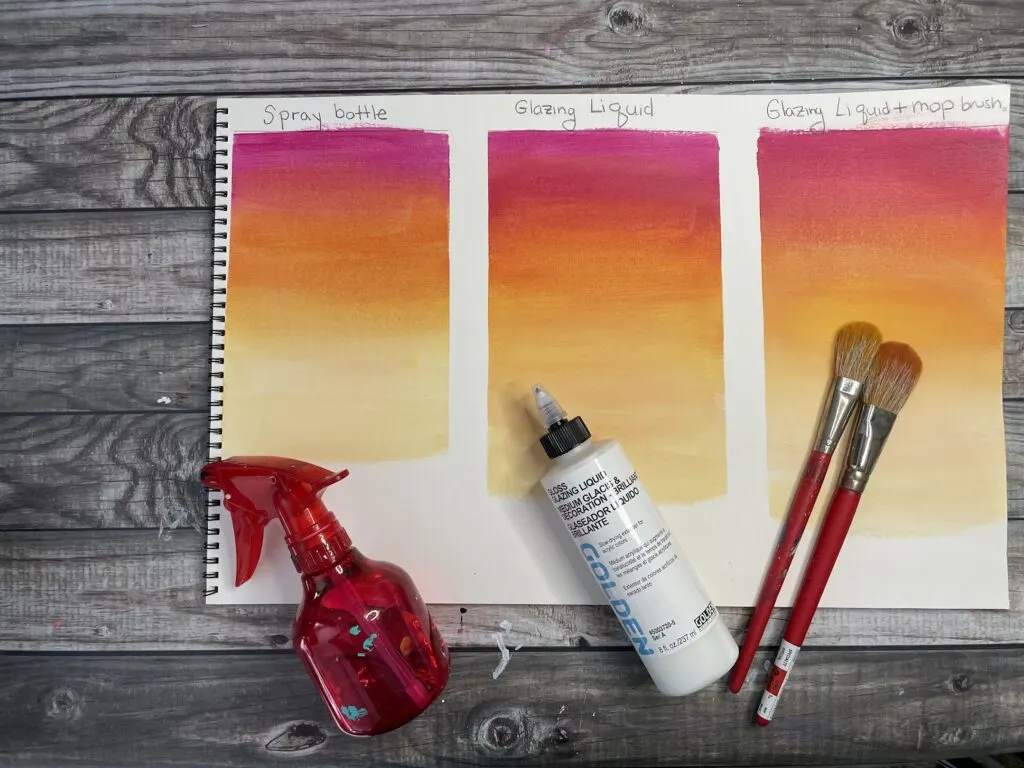
Specialist acrylics dry in about 20 minutes if your working areas temperature is 20C (68F).
However, they can take longer to dry if you add water to them.
Hence, depending on the punch in of paint youve chosen, itll dry as per the brands specifications.

Monitoring and adjusting your environment may accelerate drying.
However, prevention and knowing the properties of acrylic paints is always the best remedy.
If you liked this post like pin it
